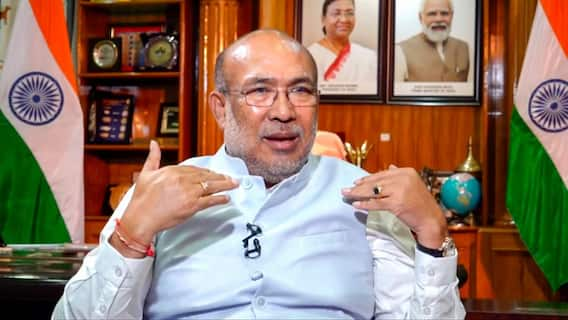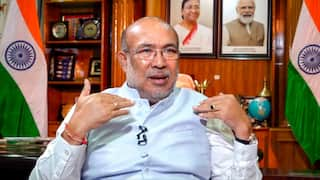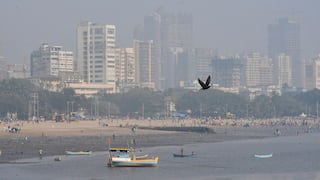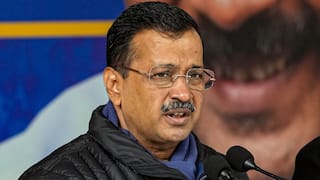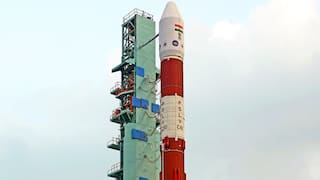India Plans To Achieve 64% Non-Fossil Fuel Capacity By 2030
India is already at 45 per cent (of non-fossil fuel based capacity) and is targeting somewhere around 64 per cent-plus (non-fossil fuel based capacity) by 2030.

It is not true that India is not reducing coal-based power generation capacity in the energy mix, a senior government official said, adding that the country is targeting over 64 per cent of non-fossil fuel-based capacity by 2030.
India has set the target of having 500GW of renewable energy by 2030. Coal-based power generation, however, ensures stable operation of the electricity transmission grid.
"It is not true that we are not reducing coal. We are in the business of energy transition. But keeping in mind energy security and supply to each and every consumer, we have to provide electricity to all types of consumers including commercial, domestic and industrial," Chairman, Central Electricity Authority, Ghanshyam Prasad said at the BCC&I Environment and Energy Conclave here.
India's power infrastructure is mostly dominated by coal (based generation) as it constitutes more than 50 per cent in terms of capacity. In terms of output, the share of fossil fuel-based energy is 70 to 74 per cent, he said.
According to the latest Central Electricity Authority data, India has about 423 GW of power generation capacity, which includes 206GW coal-based capacity and around 7 GW lignite based.
Also Read : After Rice And Onion, Govt Likely To Ban Sugar Exports: Report
He pointed out that India is already at 45 per cent (of non-fossil fuel based capacity) and reaching 50 per cent (renewable energy in energy mix) is not a challenge, but the country is targeting somewhere around 64 per cent-plus (non-fossil fuel based capacity) by 2030.
The country has recorded its peak power demand at 234 GW on August 17, 2023. In December last year, the power ministry has estimated the peak demand of 229 GW during this summer.
The ministry has made it mandatory for plants using imported coal to run at full capacity and also asked domestic coal-based plants to import the dry fuel for blending to avoid shortage in view of high power demand.
The official highlighted the importance of storage of solar and wind energy and suggested looking at pumped hydro storage projects as an alternative in view of the higher cost of battery storage.
"We have 4,700 MW hydro pumped storage capacity in the country out of which 1,200 MW to 1,300 MW is not operating. We need 40 GW in this pumped storage hydro (space)," he added.
(This report has been published as part of the auto-generated syndicate wire feed. Apart from the headline, no editing has been done in the copy by ABP Live.)
Trending News
Top Headlines






